Paintings on habitat walls appeal to zoo visitors
Updated: 2016-01-12 08:12
By Huang Zhiling in Chengdu(China Daily)
|
||||||||
Art students from Chengdu decorate den walls with forests, mountains and rivers
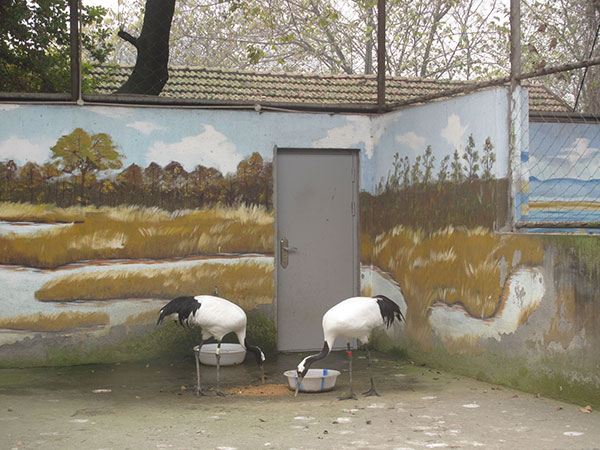 |
|
Two red-crowned cranes in their den, which is decorated with paintings on the walls, at the Chengdu Zoo. Photo by Huang Zhiling / China Daily |
As two rare red-crowned cranes feed in their den, a knot of sparrows flies in to share the food. Visitors take photos or stand quietly, observing the birds.
It was just another day at Chengdu Zoo in Chengdu, Sichuan province, but the sight pleased Li Xiao, who was visiting with a friend from Austria.
"We had been in a mood before we arrived at the den of the red-crowned cranes. The peaceful coexistence of the different birds has cheered us up," Li said.
"We liked the painting on the den wall. The reed pond in the painting is so true-to-life and we almost mistook it for the cranes' natural habitat."
The last time Li visited the zoo was 12 years ago, when all of the den walls were white and monotonous.
"But now, they have beautiful paintings which resemble the animals' natural habitats," she said.
The Chengdu Zoo, which opened to visitors in 1976, is the largest zoo in Southwest China. It has more than 300 types of rare animals, including giant pandas and Manchurian tigers.
In the past decade, the zoo has invested nearly 100 million yuan ($15.2 million) to build larger dens and animal playgrounds. A massive forested habitat decorates the den walls for some 500 birds, deputy zoo chief Jing Shimin said.
"Art students from Chengdu University of Technology and Chengdu University were invited to decorate the den walls with paintings," he said.
Visitors also were impressed by the vivid paintings of mountains and rivers on the walls in the tiger dens, while paintings of grasslands were featured in the African lions' dens.
"The animals' real living environments have been introduced through the paintings," said Wang Qiang, head of the zoo.
"For example, the Changbai Mountains have been painted on the den wall of the Manchurian tigers."
The efforts to improve the habitats have paid off as the zoo has been drawing an increasing number of visitors.
About 2.8 million people visited the zoo in 2015, a rise of more than 100,000 over the previous year, Jing said.
- A glimpse of Spring Rush: little migrant birds on the way home
- Policy puts focus on genuine artistic students
- Police unravel market where babies are bought, sold as commodities
- More older pregnant women expected
- Netizen backlash 'ugly' Spring Festival Gala mascot
- China builds Mongolian language corpus
- 2 Chinese nationals killed, 1 injured in suspected bomb attack in Laos
- New York, Washington clean up after fatal blizzard
- 'Plane wreckage' found in Thailand fuels talk of missing Malaysian jet
- Washington shuts down govt, NY rebounds after blizzard
- 7 policemen, 3 civilians killed in Egypt's Giza blast
- Former US Marine held in Iran arrives home after swap

 Drone makers see soaring growth but dark clouds circle industry
Drone makers see soaring growth but dark clouds circle industry China's Zhang reaches Australian Open quarterfinals
China's Zhang reaches Australian Open quarterfinals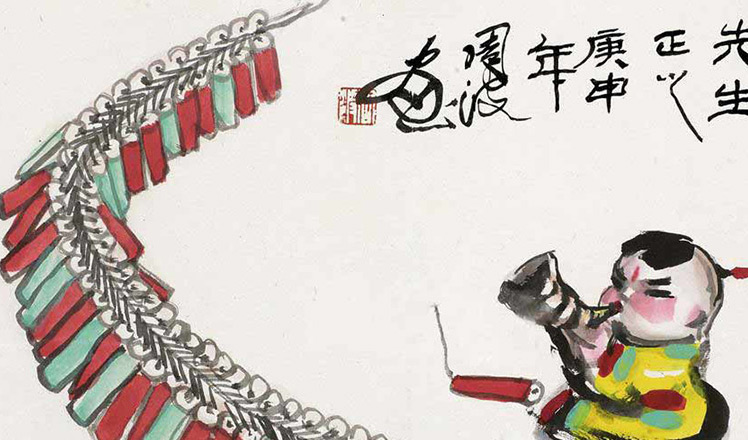
 Spring Festival in the eyes of Chinese painters
Spring Festival in the eyes of Chinese painters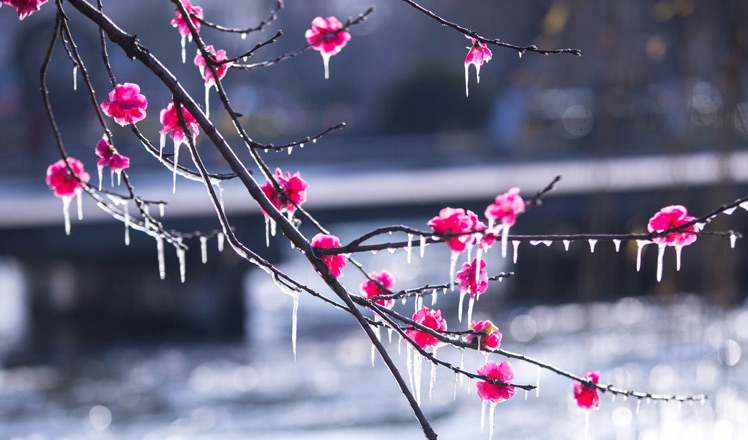
 Cold snap brings joy and beauty to south China
Cold snap brings joy and beauty to south China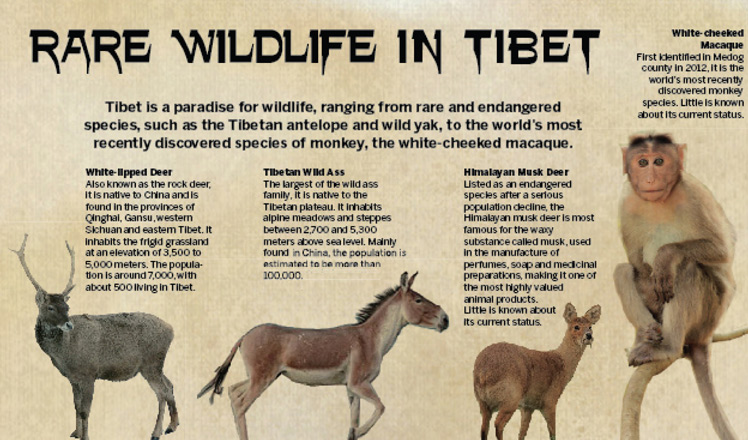
 The making of China Daily's Tibetan-style English font
The making of China Daily's Tibetan-style English font
 First trains of Spring Festival travel depart around China
First trains of Spring Festival travel depart around China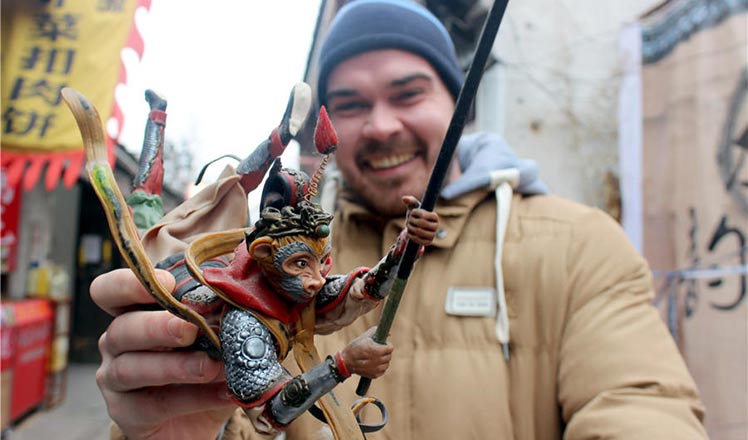
 Dough figurines of Monkey King welcome the New Year
Dough figurines of Monkey King welcome the New Year
 Ning Zetao, Liu Hong named China's athletes of the year
Ning Zetao, Liu Hong named China's athletes of the year
Most Viewed
Editor's Picks

|

|

|

|

|

|
Today's Top News
National Art Museum showing 400 puppets in new exhibition
Finest Chinese porcelains expected to fetch over $28 million
Monkey portraits by Chinese ink painting masters
Beijing's movie fans in for new experience
Obama to deliver final State of the Union speech
Shooting rampage at US social services agency leaves 14 dead
Chinese bargain hunters are changing the retail game
Chinese president arrives in Turkey for G20 summit
US Weekly

|

|








